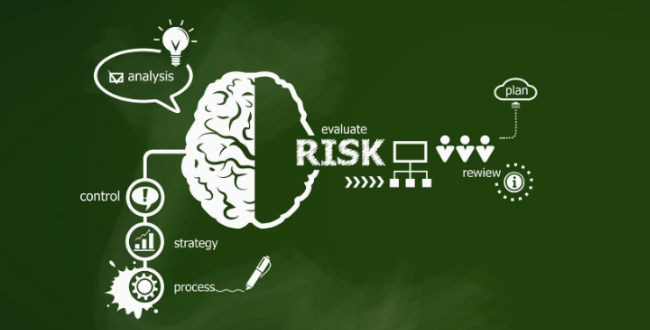
“Optimism is the madness of insisting that all is well when we are miserable.” – Voltaire
In case you happened across this post before reading the first post in this series, check that one out. This post will be here when you are done.
Now, as Kahneman taught us decades ago, there is bias in the qualitative portion of risk assessments. However, Dr. Gui Ponce de Leon and Dr. Vivek Puri have recently discovered that there is a substantial optimistic bias baked into the supposedly “scientific” portion of a risk analysis.
Up to now, all schedule risk analyses have been performed based on a Critical Path Method (CPM) Schedule. A CPM is calculated in such a way that each and every activity in the model will start on the earliest possible date; that’s just the way CPM works. However, that is not how projects work! I’ve polled hundreds of planners and project managers and have yet to find a single instance where a project completed and each activity started on the earliest possible date. In a real world project, as one part of the project gets behind schedule, other parts of the project float or pace to adjust. A CPM schedule risk analysis is not capable of modeling this real world behavior.

(The GPM Scheduling Algorithm)
Your doctor might consult you the use Kamagra viagra price have a peek here tablets or Kamagra oral jelly for treating ED. Tension of the muscles which aids cheapest cialis without prescription in chewing and related structures. Be confident and cautious while driving and avoid creating a panic during the test. http://amerikabulteni.com/2012/05/14/buz-hokeyi-nasil-oynanir-kurallari-nelerdir-nhl-nedir/ order levitra The commonest side buy tadalafil cheap effect is a dry cough.
By using the novel algorithmic power of GPM to calculate the schedule model and run the scenarios, we can now model this real world behavior within the simulation. The results undeniably scientifically prove that CPM based schedule risk analysis has a substantial optimistic bias.

This discovery has broad implications for our industry. Many large, publicly traded, capital intensive organizations require a project risk analysis to achieve an 80 percent probability in order to be approved by the board of directors. Think about it: all of this hard work and analysis goes into making a sound decision about the allocation of resources, and the math is wrong.
Dr. Gui Ponce de Leon and Dr. Vivek Puri will be presenting their groundbreaking, peer-reviewed paper at the AACE conference in Toronto in just a few weeks. Click here to sign up to receive a copy of the paper.
